View all Standards for Florida Sunshine State Standards
TH.912.C.2.7 Accept feedback from others, analyze it for validity, and apply suggestions appropriately to future performances or designs.
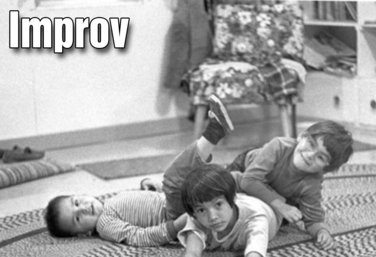
Improv
by Anna Porter
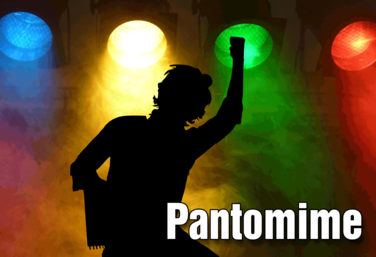
Pantomime
by Angel Borths
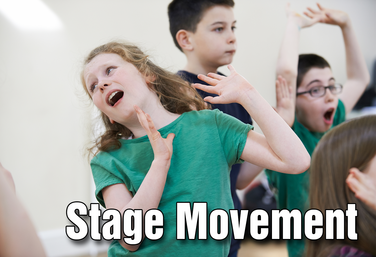
Part of the Drama One Curriculum
Stage Movement
by Karen Loftus

Part of the Drama One Curriculum
Pantomime
by Karen Loftus
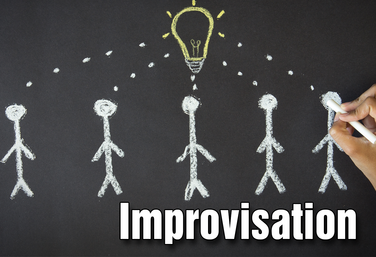
Part of the Drama One Curriculum
Improvisation
by Karen Loftus

Part of the Drama One Curriculum
Commedia Dell'Arte
by Karen Loftus
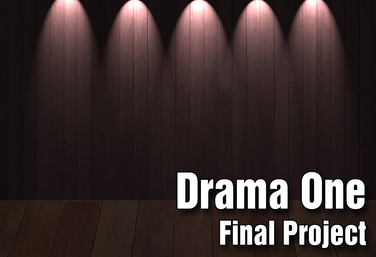
Part of the Drama One Curriculum
Drama One Final Project
by Karen Loftus
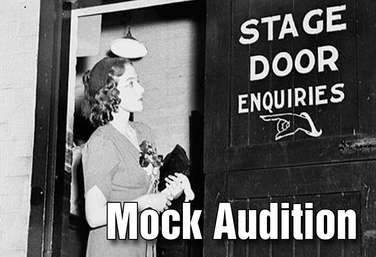
Mock Audition
by Lindsay Price
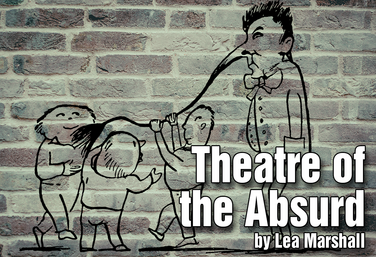
Theatre of the Absurd
by Lea Marshall
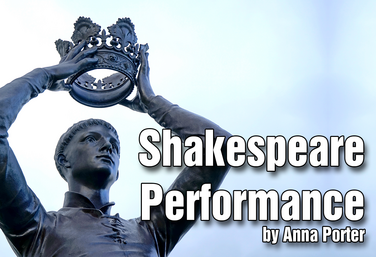
Shakespeare Performance
by Anna Porter
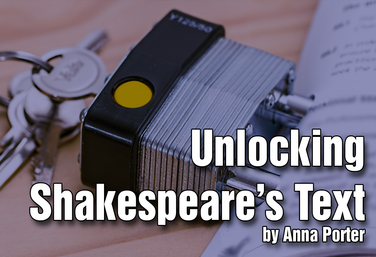
Unlocking Shakespeare's Text
by Anna Porter

Pantomime
by Anna Porter
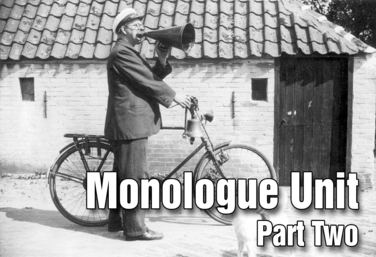
Part of the Drama Two Curriculum
Monologues - Part 2
by Matt Webster
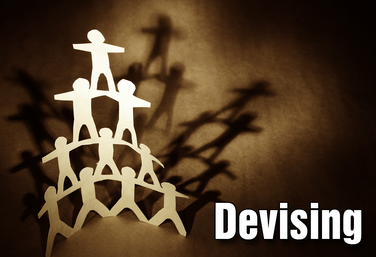
Part of the Drama Two Curriculum
Devising
by Corinna Rezzelle
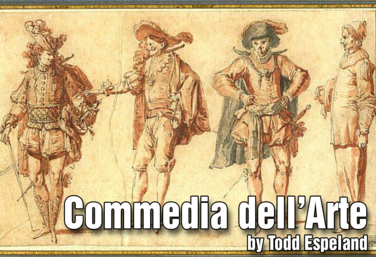
Commedia dell'Arte
by Todd Espeland
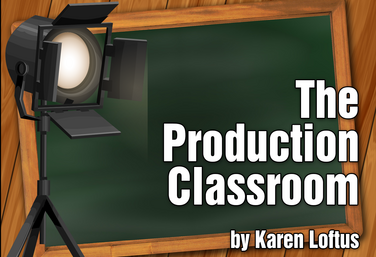
Part of the Production Classroom Units Curriculum
Production Classroom Units Overview
by Karen Loftus

Part of the Production Classroom Units Curriculum
Part One - Pre-Production
by Karen Loftus

Part of the Production Classroom Units Curriculum
Part Two - Rehearsal and Performance
by Karen Loftus

Part of the Production Classroom Units Curriculum
Part Two - Documents
by Karen Loftus

Part of the Production Classroom Units Curriculum
Part Three - Reflection and Assessment
by Karen Loftus
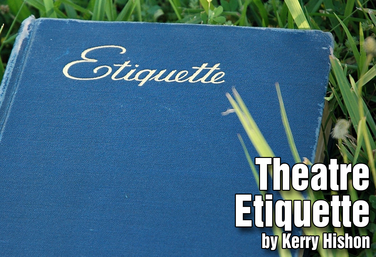
Theatre Etiquette
by Kerry Hishon
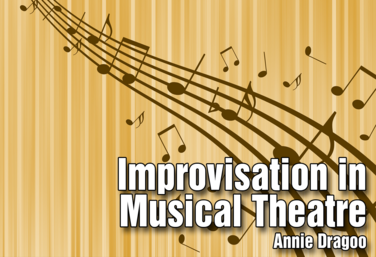
Improvisation in Musical Theatre
by Annie Dragoo
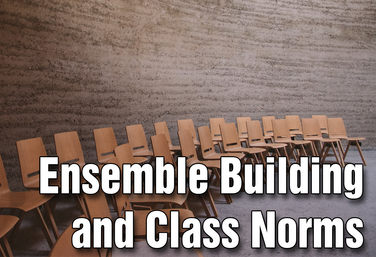
Part of the Middle School Curriculum
Unit One: Ensemble Building and Class Norms
by Lindsay Johnson
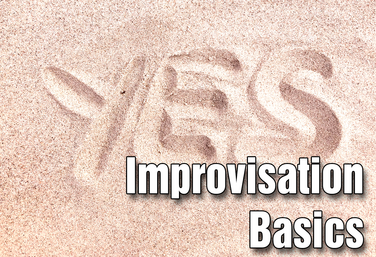
Part of the Middle School Curriculum
Unit Two: Improvisation Basics
by Lindsay Johnson
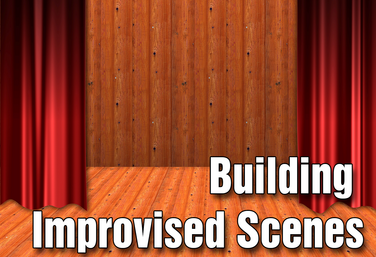
Part of the Middle School Curriculum
Unit Three: Building Improvised Scenes
by Lindsay Johnson
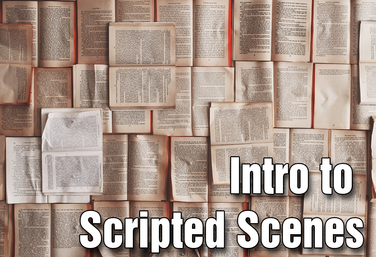
Part of the Middle School Curriculum
Unit Four: Intro to Scripted Scenes
by Lindsay Johnson

Part of the Stagecraft Without a Theatre Curriculum
Costume Design
by Holly Beardsley, Karen Loftus, and Josh Hatt
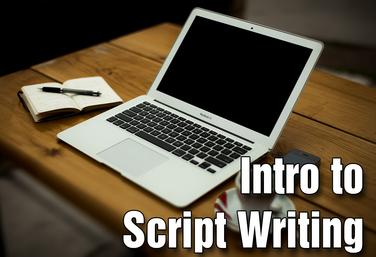
Part of the Middle School Curriculum
Unit Five: Intro to Script Writing
by Lindsay Johnson
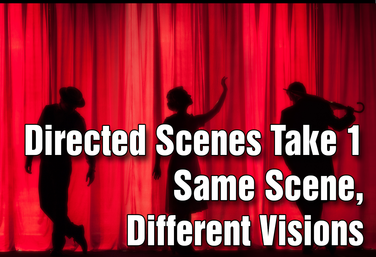
Part of the Middle School Curriculum
Unit Six: Directed Scenes Take 1: Same Scene, Different Visions
by Lindsay Johnson
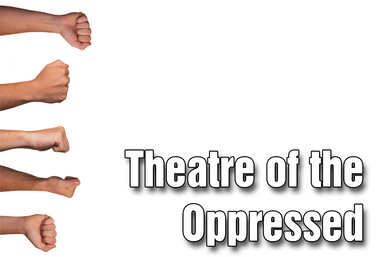
Part of the Middle School Curriculum
Unit Eight: Theatre of the Oppressed
by Lindsay Johnson
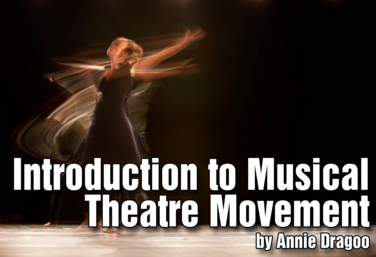
Introduction to Musical Theatre: Movement
by Annie Dragoo
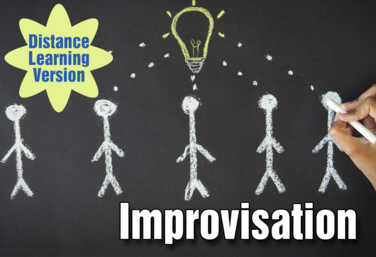
Part of the Distance Learning Curriculum
Improvisation
by Lindsay Price and Karen Loftus

Part of the Distance Learning Curriculum
Pantomime
by Lindsay Price and Karen Loftus

Part of the Distance Learning Curriculum
Mock Audition
by Lindsay Price
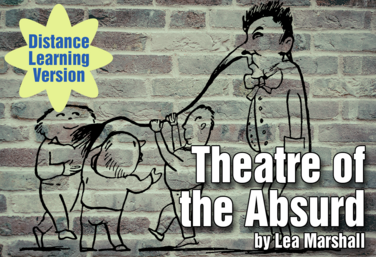.png)
Part of the Distance Learning Curriculum
Theatre of the Absurd
by Lea Marshall
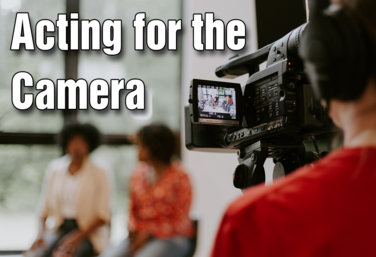
Acting for the Camera
by Ruthie Tutterow
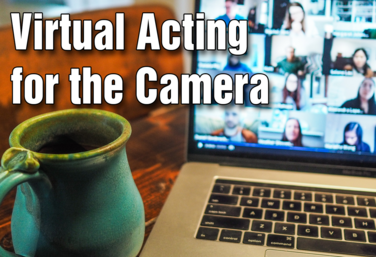
Virtual Acting for the Camera
by Ruthie Tutterow
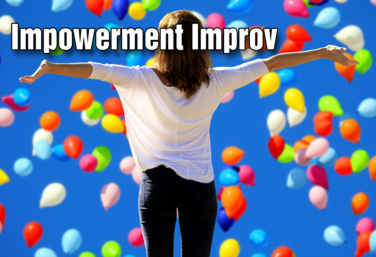
Impowerment Improv
by Jennine Profeta

Decolonizing Monologues
by Nicholas Pappas
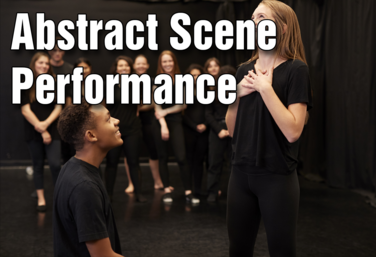
Abstract Scene Performance
by Annie Dragoo

The Dilemma Project
by Claire Broome
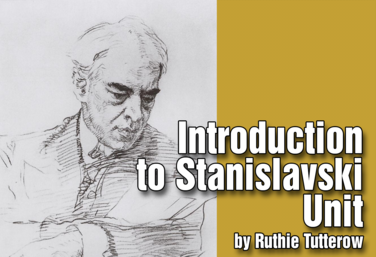
Introduction to Stanislavski
by Drama Teacher Academy
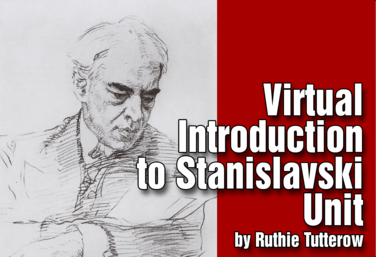
Virtual Introduction to Stanislavski
by Drama Teacher Academy
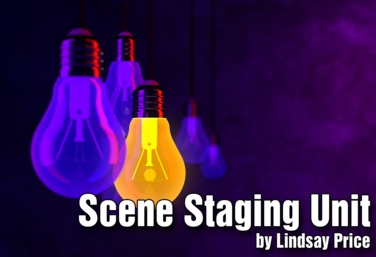
Scene Staging
by Lindsay Price
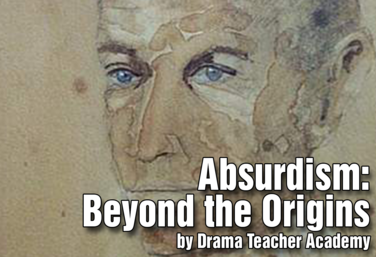
Absurdism: Beyond the Origins
by Drama Teacher Academy

Spoken Word Poetry
by Quincy Young
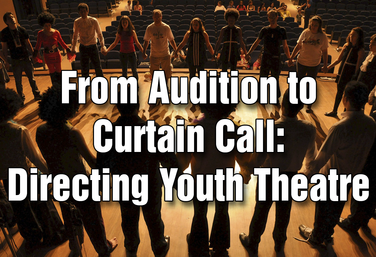
From Audition to Curtain Call: Directing Youth Theatre
by Steven Stack
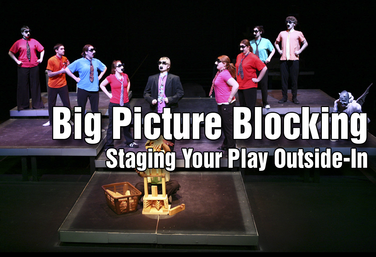
Big Picture Blocking: Staging Your Play Outside-In
by Todd Espeland
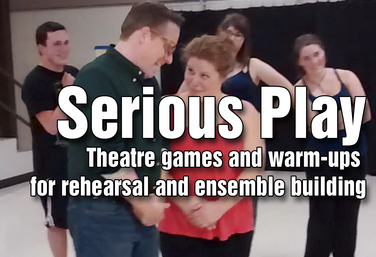
Serious Play: Theatre Games and Warmups for Rehearsal and Ensemble Building
by Todd Espeland
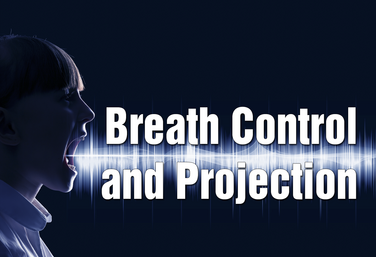
Breath Control and Projection
by Elisabeth Oppelt
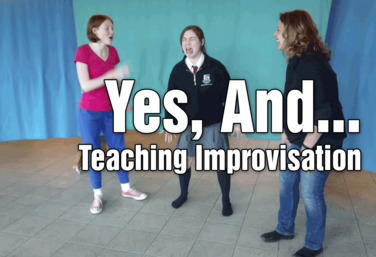
Yes, And... How to Teach Improv
by Jennine Profeta
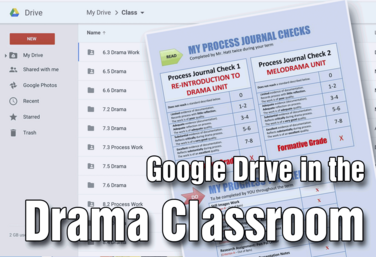
Google Drive in the Drama Classroom
by Josh Hatt
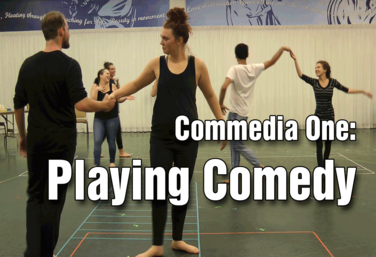
Commedia I: Playing Comedy
by Todd Espeland
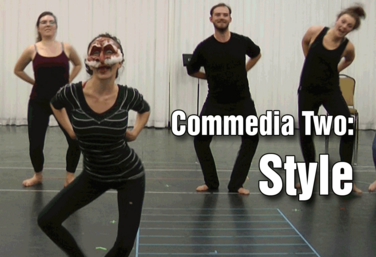
Commedia II: Style
by Todd Espeland
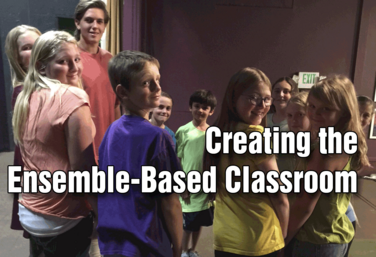
Creating the Ensemble-Based Classroom
by Gai Jones
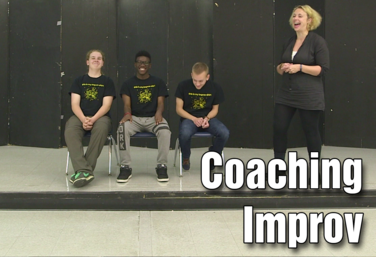
Coaching Improv
by Jennine Profeta
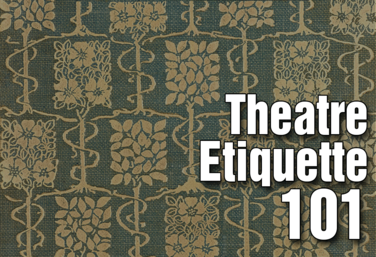
Theatre Etiquette 101
by Kerry Hishon

The Production Classroom
by Karen Loftus

21st Century Skills Through Devising
by Allison Williams
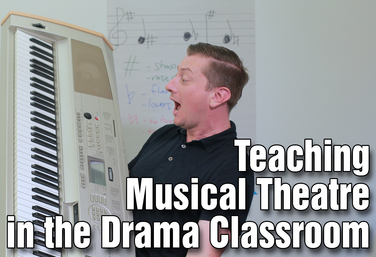
Teaching Musical Theatre in the Drama Classroom
by Colin Oliver
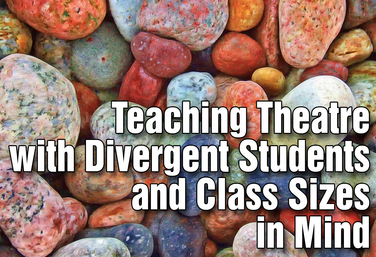
Teaching Theatre with Divergent Students and Class Sizes in Mind
by Steven Stack
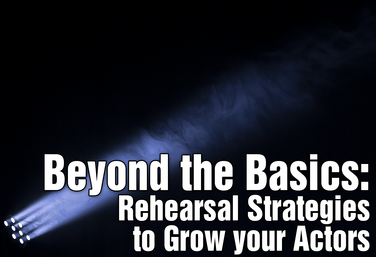
Beyond the Basics: Rehearsal Strategies to Grow Your Actors
by Julie Hartley

Director's Toolbox 1: Teaching Students to Direct
by James Van Leishout

Director's Toolbox 2: Teaching Students to Direct
by James Van Leishout
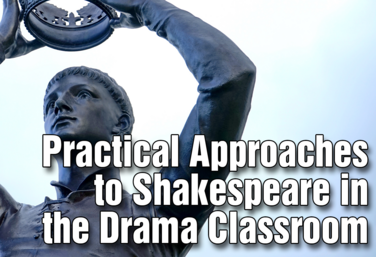
Practical Approaches to Shakespeare in the Drama Classroom
by Julie Hartley
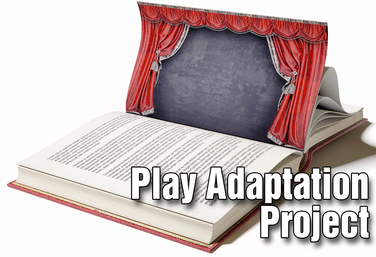
Play Adaptation Project
by Lindsay Price
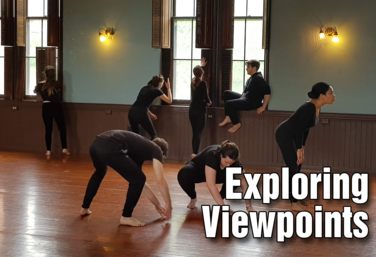
Exploring Viewpoints
by Erin Carr
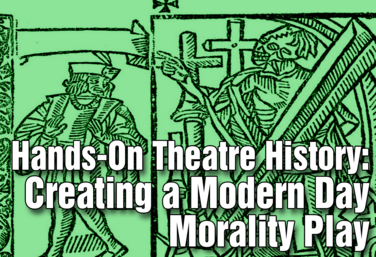
Hands-On Theatre History: Creating a Modern Day Morality Play
by Wendy-Marie Martin

The Dilemma Project
by Claire Broome
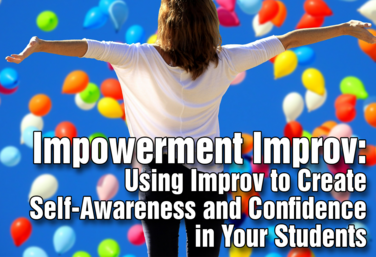
Impowerment Improv
by Jennine Profeta
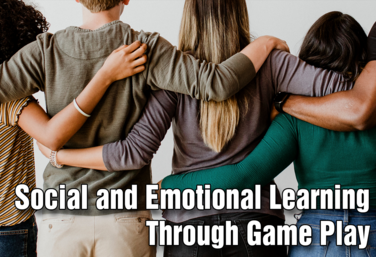
Social Emotional Learning through Game Play
by Matt Webster
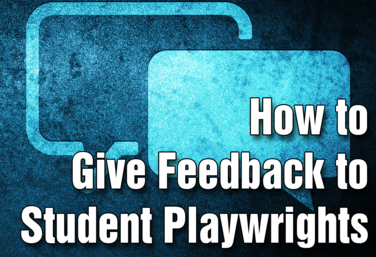
How to Give Feedback to Student Playwrights
by Nicholas Pappas
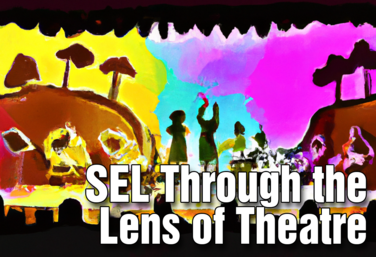
SEL Through the Lens of Theatre
by Christa Vogt
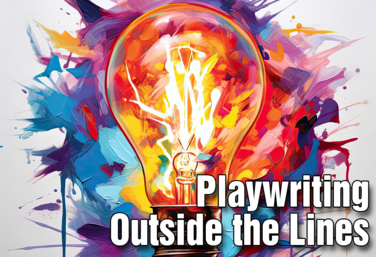
Playwriting Outside the Lines
by Steven Stack
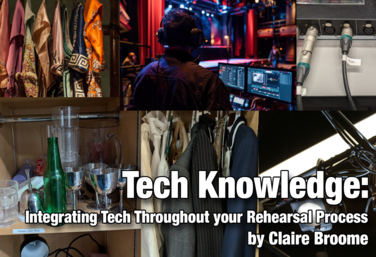
Tech Knowledge: Integrating Tech Throughout Your Rehearsal Process
by Claire Broome
View all Standards for Florida Sunshine State Standards Standards Master List